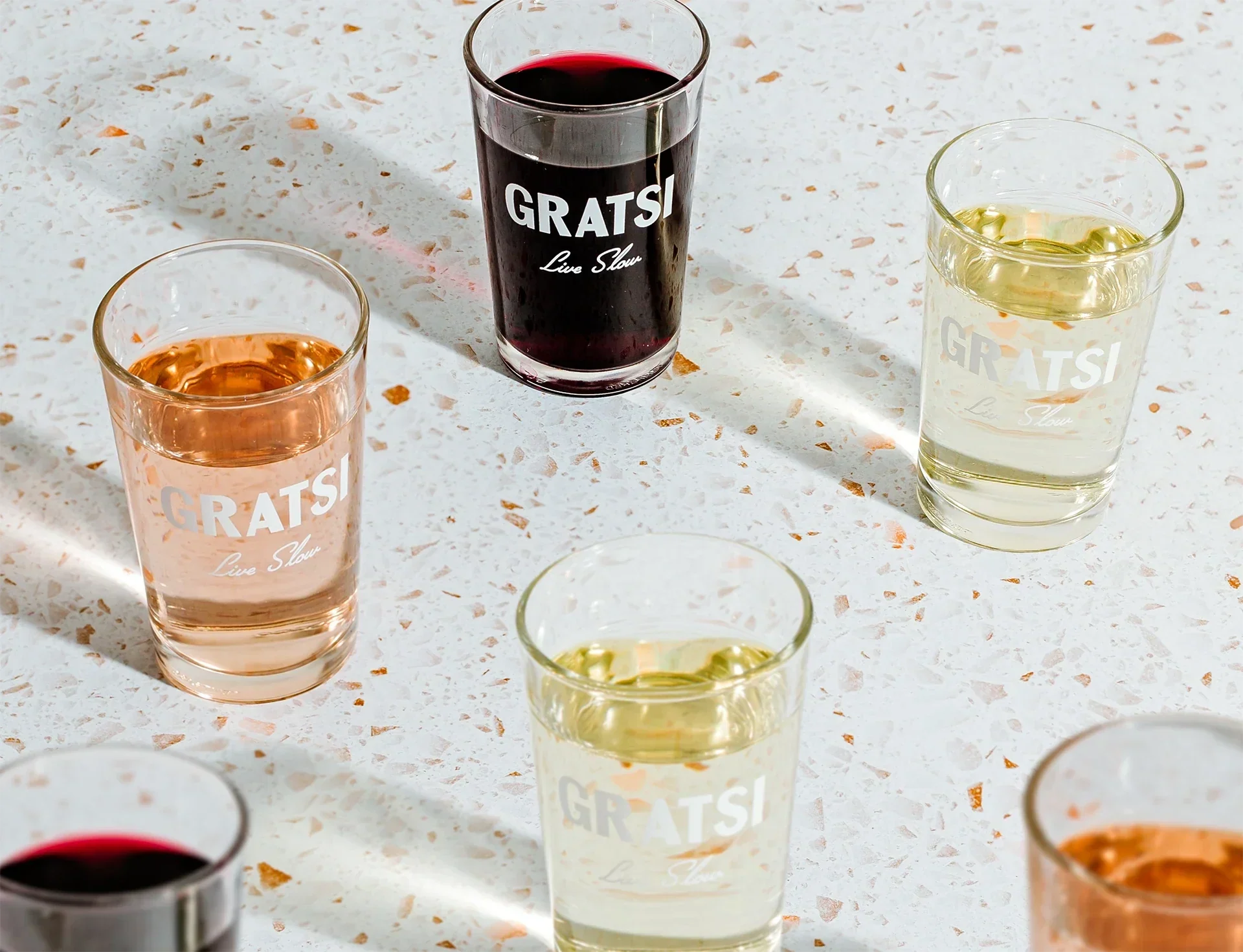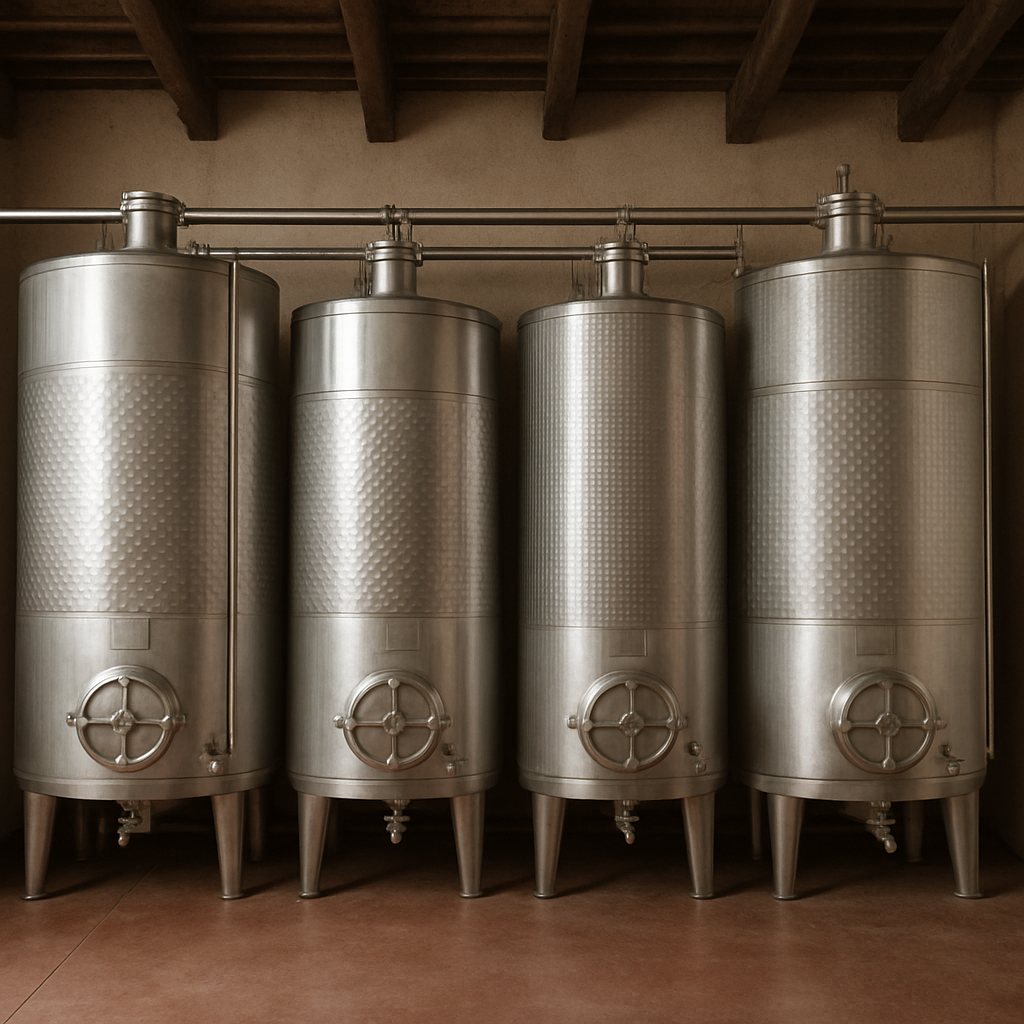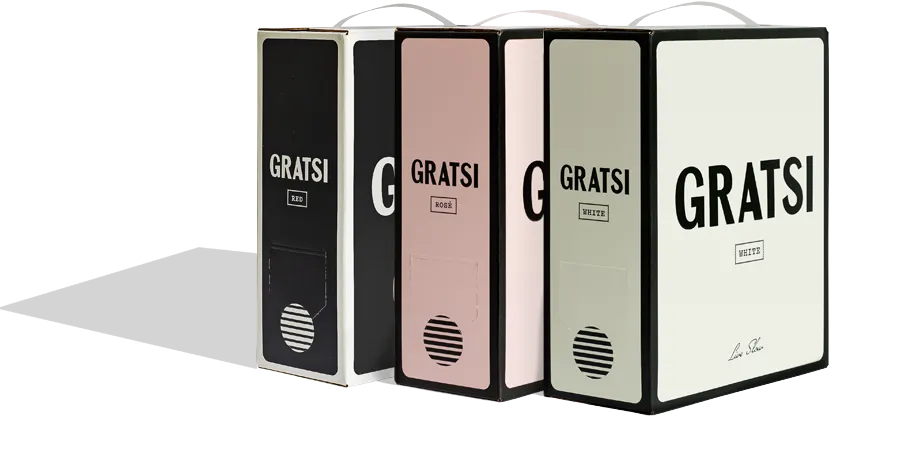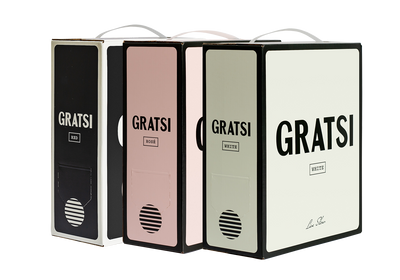The Complete Guide to Sugar-Free Wine: How It’s Made, Why It’s Better, and How to Enjoy It

What Is Sugar Free Wine?
The Complete Guide to Sugar-Free Wine: How It’s Made, Why It’s Better, and How to Enjoy It
By Achilleas
September 25, 2025
In a world where health, wellness, and mindful living are top of mind, many of us are looking for ways to make small changes that have a meaningful impact. One of the simplest — and most enjoyable — changes you can make is in your glass. Enter sugar-free wine: a cleaner, more natural, and more authentic way to experience one of life’s greatest pleasures.
Gone are the days when choosing wine meant sacrificing your health goals or compromising on taste. Today, sugar-free wines are crafted with precision and intention, offering the full-bodied flavors, aromas, and traditions of winemaking without the unnecessary additives or hidden sugars.
Whether you’re here for health reasons, lifestyle choices, or simply curiosity, this guide will walk you through everything you need to know about sugar-free wine — from how it’s made to why it’s worth making the switch, and how brands like Gratsi are redefining what wine can be.
What Is Sugar-Free Wine?
At its core, sugar-free wine is exactly what it sounds like: wine made without residual or added sugar. All wine starts with grapes, which naturally contain sugars (glucose and fructose). During fermentation, yeast consumes that sugar and converts it into alcohol — the heart of the winemaking process.
In many mass-produced wines, however, winemakers stop fermentation early or even add sugar later to increase sweetness. That’s how you end up with the cloying, high-sugar bottles that dominate supermarket shelves — some of which contain 1–3 teaspoons of sugar per glass.
Sugar-free wine takes a different approach. By allowing fermentation to fully complete — and by skipping post-fermentation sugar additions — winemakers can craft a dry, clean wine that contains less than 1 gram of sugar per liter
The result? A purer expression of the grapes, the soil, and the winemaker’s craft.
Why Sugar in Wine Matters More Than You Think
Before diving into the benefits, it’s worth understanding where sugar shows up in wine and why it’s often there in the first place.
- Glucose & Fructose: The natural sugars in grapes.
- Residual Sugar: What’s left after fermentation. Wines with less than 1g/L are considered “sugar-free” or “dry.”
- Added Sugar: In many mass-market wines, sugar is added post-fermentation to adjust flavor, mask flaws, or appeal to sweeter palates.
The trouble is, that added sugar doesn’t just change the taste — it changes how wine fits into your lifestyle. It increases calorie and carb counts, spikes blood sugar levels, and often contributes to hangovers and next-day sluggishness.
When you strip away the sugar, you strip away the noise — leaving behind a cleaner, more honest wine experience.

Sugar-free wine is not a different type of wine — it’s a different approach to winemaking. Here’s how the process works from vineyard to glass.
1. Selecting the Right Grapes
It starts with the fruit. For sugar-free wines, winemakers often select grape varieties with naturally moderate sugar levels — think Sauvignon Blanc, Pinot Grigio, or certain Cabernet and Merlot clones.
These grapes ripen beautifully while keeping sugar levels in check, creating a balanced base for fermentation.
2. Extended Fermentation
The heart of sugar-free winemaking is the fermentation process itself. By allowing fermentation to run its full course, yeast consumes nearly all the grape sugar, converting it into alcohol. This results in a dry wine — one where the sugar has done its job and disappeared.
Some winemakers also use specialized yeast strains that are more efficient at converting sugar, ensuring minimal residual sweetness
3. Precision and Temperature Control
Temperature matters. Fermenting at controlled, slightly lower temperatures can help yeast remain active longer, consuming more sugar before the process slows down. This precision ensures a cleaner, drier finish.
4. Filtering and Stabilization
After fermentation, the wine is carefully filtered to remove yeast and impurities, then stabilized to ensure no secondary fermentation occurs in the bottle. The result is a wine that stays clean, dry, and stable — bottle after bottle.

Health and Lifestyle Benefits of Sugar-Free Wine
Switching to sugar-free wine isn’t just about cutting calories — it’s about enhancing how wine fits into your life. Here’s why more and more people are making the change.
Lower in Calories and Carbs
Sugar-free wines are naturally lower in calories, often by 20–40% compared to sweeter wines.
They’re also lower in carbs, making them ideal for anyone following a keto, low-carb, or paleo lifestyle. A typical 5-oz glass of dry red wine contains around 117 calories and 1g of carbs — far less than sugary alternatives.
Suitable for Diabetics
Because they contain so little sugar, these wines have a minimal impact on blood glucose. That makes them a safer and more enjoyable choice for people managing diabetes or those watching their blood sugar levels. (Of course, always consult with a healthcare professional before making changes to your diet.)
Clearer Flavor, Cleaner Experience
Sugar masks complexity. Without it, the true character of the grapes shines through — from the terroir-driven minerality of a crisp Sauvignon Blanc to the deep berry richness of a Syrah. Many wine lovers say sugar-free wines offer a more authentic, nuanced tasting experience.
And because they skip the artificial additives and sweeteners found in many commercial wines, they often lead to fewer headaches and next-day regrets.
Fewer Additives, Cleaner Drinking
The U.S. allows over 70 additives in commercial wines — from coloring agents to sweeteners and flavor stabilizers. Premium sugar-free wines, like those from Gratsi, avoid all of them. Just grapes, yeast, and minimal sulfites. That’s it.
This commitment to purity doesn’t just make for a cleaner product — it’s wine the way it was meant to be made: honest, simple, and natural.
The Taste Difference: Why Sugar-Free Wine Often Tastes Better
One of the biggest surprises for newcomers is how good sugar-free wine tastes. Without residual sugar dulling your palate, you taste more of the wine’s complexity and nuance.
- Red Wines: Deep fruit, spice, and earthiness shine through without syrupy sweetness.
- White Wines: Citrus, floral, and mineral notes feel brighter and more refreshing.
- Rosé: Crisp, berry-forward, and dry — the perfect food-friendly balance.
Because the wines aren’t engineered for sweetness, they also pair more naturally with food. A sugar-free red can elevate a pasta night or steak dinner, while a crisp, dry white cuts beautifully through seafood, salads, and grilled vegetables.

Types of Sugar-Free Wine: Something for Every Palate
The sugar-free wine category is more diverse than ever. Here are the most popular styles and what makes each special.
Sugar-Free Red Wine
Rich, bold, and layered — without the heaviness. A well-crafted sugar-free red highlights dark fruit, spice, and tannins without cloying sweetness.
Try: Gratsi Red — a dark ruby blend of Malbec, Merlot, Cabernet Franc, Grenache, Syrah, and Nero d’Avola, with ripe berry flavors and subtle chocolate notes. Perfect with pasta, roasted meats, or even a simple charcuterie board.
Sugar-Free White Wine
Bright, crisp, and refreshing. A sugar-free white showcases citrus, minerality, and floral notes that shine on their own.
Try: Gratsi White — made from Sauvignon and Chardonnay grapes from the South of France, with vibrant pink grapefruit and citrus flavors. A natural match for seafood, grilled vegetables, or light salads.
Sugar-Free Rosé
Light, fruity, and endlessly versatile. A dry rosé is as at home at a beach picnic as it is at a dinner party.
Try: Gratsi Rosé — made with Malbec, Gamay, and Merlot, it’s bright, crisp, and berry-forward, pairing beautifully with pizza, white meats, or sunny afternoons with friends.

Sugar-Free Wine and Mindful Living
Choosing sugar-free wine is about more than cutting sugar — it’s about embracing a lifestyle. It’s an invitation to slow down, savor, and connect. Without additives or excess sugar, wine becomes what it always should have been: a simple, joyful part of daily life.
That philosophy is at the heart of Gratsi’s Mediterranean-inspired approach. It’s about good wine and good company. About dinners that last hours and conversations that stretch into the night. About savoring the small moments — one glass at a time.
Where to Find Sugar-Free Wine
As demand grows, sugar-free wines are becoming more widely available. Here’s where to look:
- Local Wine Shops: Many shops now carry sugar-free options — just ask for “dry” or “zero-sugar” wines.
- Direct from Wineries: Buying directly often gives you the freshest selection — and the chance to learn more about the winemaking process.
Of course, one of the easiest ways to explore sugar-free wine is with Gratsi — available online with free shipping to most states, and often at a fraction of the per-bottle cost of comparable premium wines.
Why Sugar-Free Wine Is the Future of Winemaking
Wine is evolving — and like boxed wine, sugar-free wine is leading the way. As consumers become more health-conscious and ingredient-aware, they’re demanding wines that align with their values and lifestyles. And winemakers are responding with better grapes, cleaner processes, and more transparency than ever before.
This shift isn’t a passing trend. It’s a return to wine’s original purpose: a natural, unadulterated expression of the vineyard, crafted to be shared and savored. Sugar-free wine is not just better for you — it’s better for the planet, better for the palate, and better for the soul.
Conclusion: Pure Wine, Pure Enjoyment — The Gratsi Way
In a crowded wine market full of additives, sweeteners, and shortcuts, sugar-free wine stands out for what it doesn’t include. No added sugar. No artificial flavoring. No hidden ingredients. Just grapes, yeast, and time — transformed into something delicious, authentic, and deeply satisfying.
That’s exactly what Gratsi was founded to deliver. Inspired by the Mediterranean way of life — slow dinners, fresh food, and time shared with loved ones — Gratsi crafts sugar-free, zero-additive wines designed for real life. Each 3-liter box (equal to four bottles) stays fresh for 30 days, reduces waste by 85%, and costs less than $10 per bottle when bundled.
It’s wine the way it’s meant to be: clean, honest, and ready for every moment worth savoring.
So, the next time you raise a glass, make sure what’s inside aligns with the way you want to live — healthier, simpler, and more intentional. Because wine isn’t just a drink. It’s a ritual. And sugar-free wine makes that ritual a little more beautiful.





